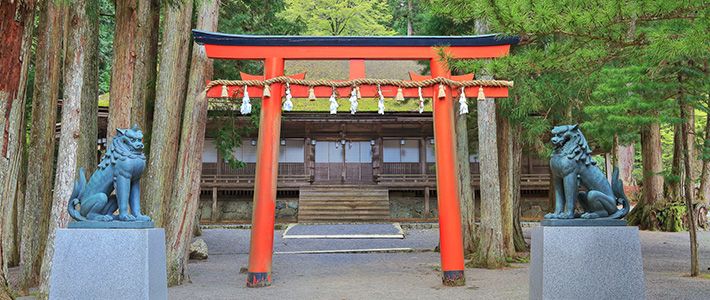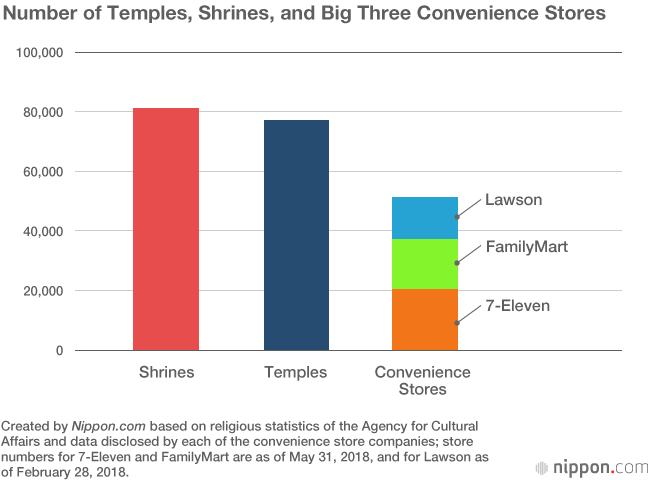
Believe It or Not! Religious Adherents Outnumber People in Japan
Culture- English
- 日本語
- 简体字
- 繁體字
- Français
- Español
- العربية
- Русский
An annual statistical study on religion conducted recently by the Agency for Cultural Affairs found that, as of December 31, 2016, there were 84.7 million believers in Shintō and 87.7 million Buddhists in Japan. When the number of Christians and adherents to other religions are added, the total becomes 182.2 million, or around 40% more than the country’s total population of 126 million.

One reason the number of adherents exceeds the population is that, due to the freedom of religious belief in Japan and the separation of church and state, there is minimal government intervention in religious affairs. Religious groups provide statistics on a voluntary basis and are free to define “adherent” however they wish. In some past surveys, the overall number of adherents has even exceeded 200 million.
The Japanese view of religion also plays a part. In Japan, there was an intermingling between the indigenous Shintō faith and the Buddhism that was introduced from the Asian continent around the sixth century. The amalgamation of those two beliefs lasted for over a thousand years until the Meiji government ordered the separation of the two faiths in the late nineteenth century. There was no real awareness of being an adherent, since neither tradition had a conversion ceremony, but the practices of both took root in people’s lives in the form of daily rituals and seasonal events.
This is why Japanese people have no qualms about celebrating Christmas traditions, heading to a Buddhist temple a week later to ring out the year on ōmisoka (December 31), and making the first visit of the year to a Shintō shrine to pray for good fortune the next day. Japanese people will commonly hold a wedding ceremony in a church but have a Buddhist funeral. It is also not unusual for a house to have both Buddhist and Shintō altars, and for the family members to be parishioners of both faiths. For such reasons, quite a few people are counted as “adherents” of more than one religion, particularly Buddhism and Shintō.
Shintō shrines and Buddhist temples are even more pervasive than Japan’s ubiquitous convenience stores. Whereas the top-three convenience-store chains (7-Eleven, FamilyMart, and Lawson) have a total of 51,366 stores, there are 81,158 Shintō shrines and 77,256 Buddhist temples nationwide.

| Temples | Shrines | |
|---|---|---|
| 1 | Aichi Prefecture 4,589 | Niigata Prefecture 4,732 |
| 2 | Osaka Prefecture 3,389 | Hyōgo Prefecture 3,864 |
| 3 | Hyōgo Prefecture 3,289 | Fukuoka Prefecture 3,421 |
| 4 | Shiga Prefecture 3,213 | Aichi Prefecture 3,359 |
| 5 | Kyoto Prefecture 3,077 | Gifu Prefecture 3,272 |